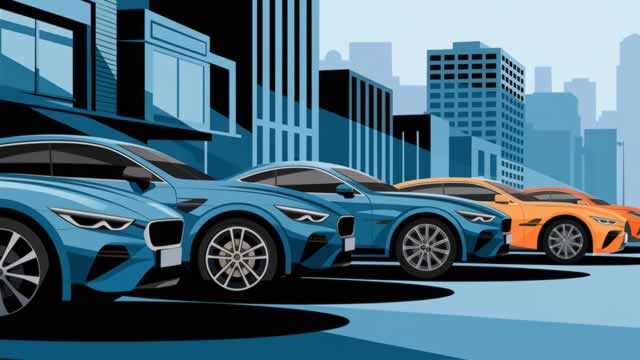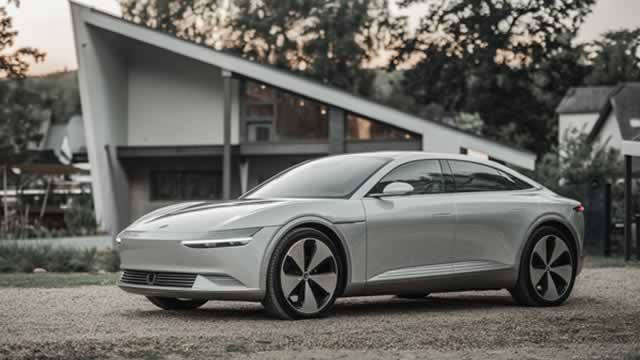
HSAI
Hesai Group
$28.77
-0.81
(-2.74%)
| Exchange: | |
| Market Cap: | 3.823B |
| Shares Outstanding: | 125.535M |
About The Company
| Sector: | Consumer Cyclical | |||||
| Industry: | Auto – Parts | |||||
| CEO: | Yifan Li | |||||
| Full Time Employees: | 1142 | |||||
| Address: |
|
|||||
| Website: | https://www.hesaitech.com |
Hesai Group, through with its subsidiaries, engages in the development, manufacture, and sale of three-dimensional light detection and ranging solutions (LiDAR). Its LiDAR products are used in passenger and commercial vehicles with advanced driver assistance systems; autonomous passenger and freight mobility services; and other applications, such as delivery robots, street sweeping robots, and logistics robots in restricted areas. Hesai Group was founded in 2014 and is based in Shanghai, China.
Click to read more…
Revenue Segmentation
EPS
Earnings Call
Income Statement
(* All numbers are in thousands)
Balance Sheet
(* All numbers are in thousands)
Cash Flow Statement
(* All numbers are in thousands)
Analyst Estimates
(* All numbers are in thousands)







